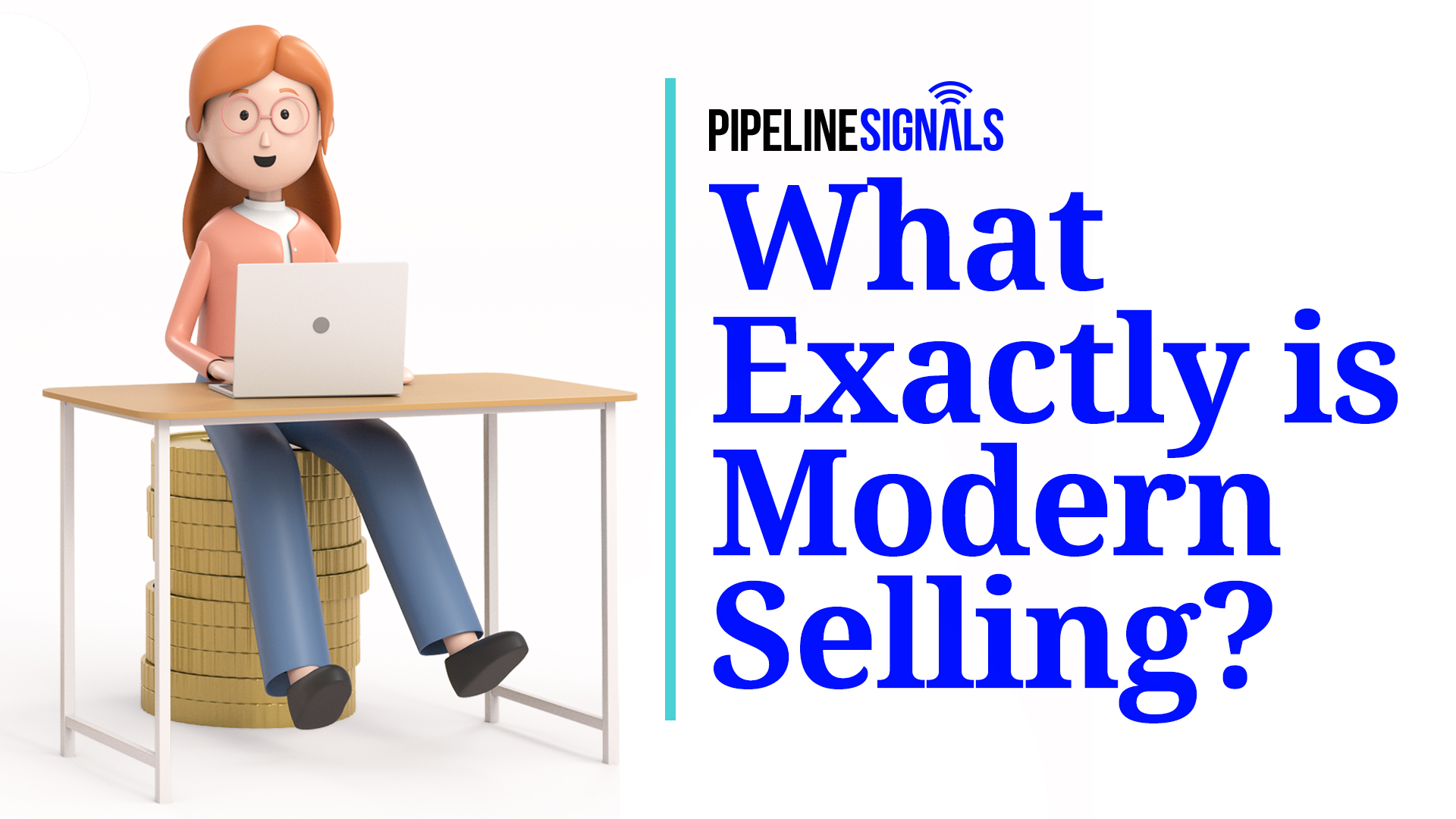What does modern selling mean? More importantly, does it have value, and will it help increase your quota? Recently, a new sales buzzword has emerged that is being portrayed as the answer to all sales teams’ problems. This ‘new’ sales approach is often referred to as modern selling.
THE PROBLEM:
All too often, sales development reps and leaders get caught up in the grind of achieving quota and therefore don’t have time to assess the bigger picture. They are selling products rather than solving problems.
It’s true that in many companies, the title of “sales executive” has changed little since the role originated in new industries such as insurance, personal care, and banking. Lately, though, sales leaders are beginning to recognize a change in their job: they need to drive mentality and behavior shifts as much as any product feature. While this may be a more attractive proposition for some individuals, all sales teams must move into this new selling environment.
We Hear It All the Time, But What Does It Mean?
What is modern selling?
Modern selling combines new tools and modern sales techniques, such as digital selling and social selling, to find, engage, and connect with potential customers.
When these methods are combined, you have the power to find, engage, and connect with potential customers in previously impossible ways. This can help you achieve modern sales success.
Modern sales are all about finding new customers while keeping your existing ones happy. It can be a challenge, but it doesn’t have to be. Modern selling makes it easier to keep your relationship with your customers while also finding new ones through new tools and strategies.
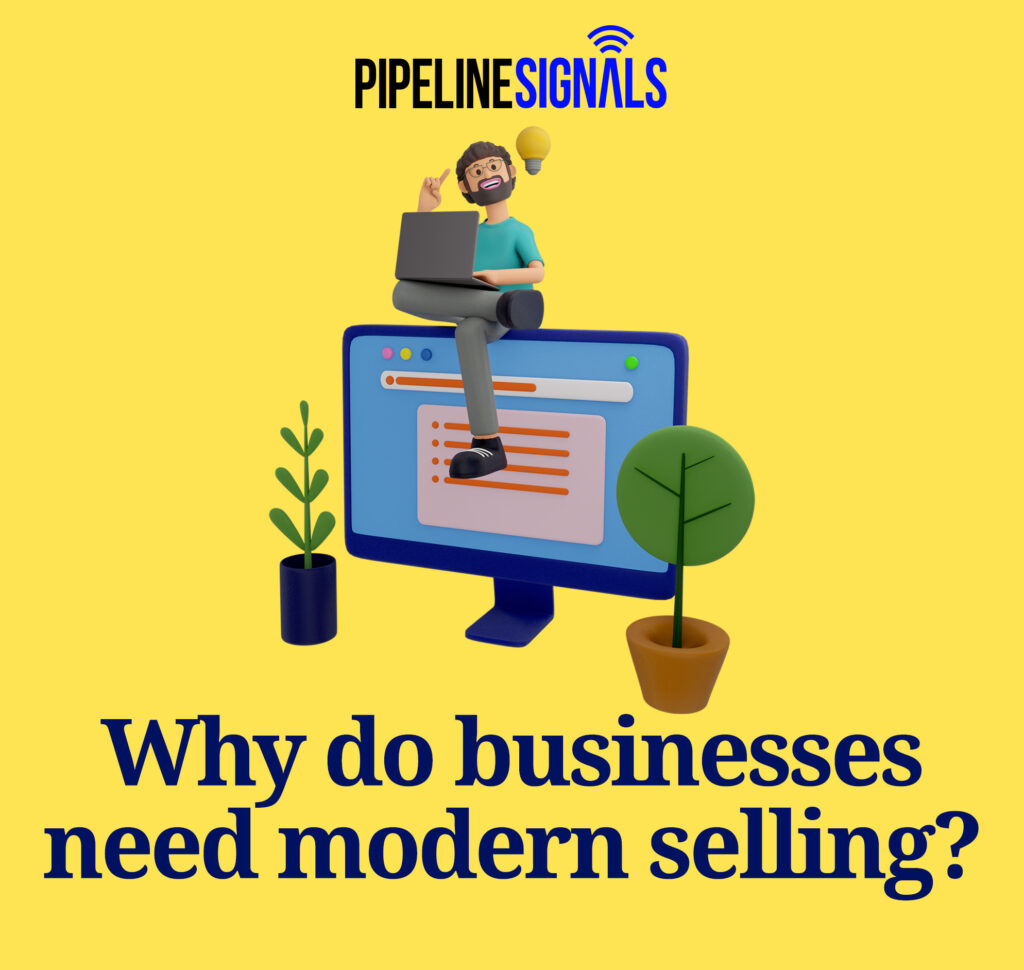

Why do businesses need modern selling?
Businesses need modern selling because it’s the best way to sell in today’s world. Digital tools allow you to reach people anywhere in the world so that you can sell more products or services than ever before.
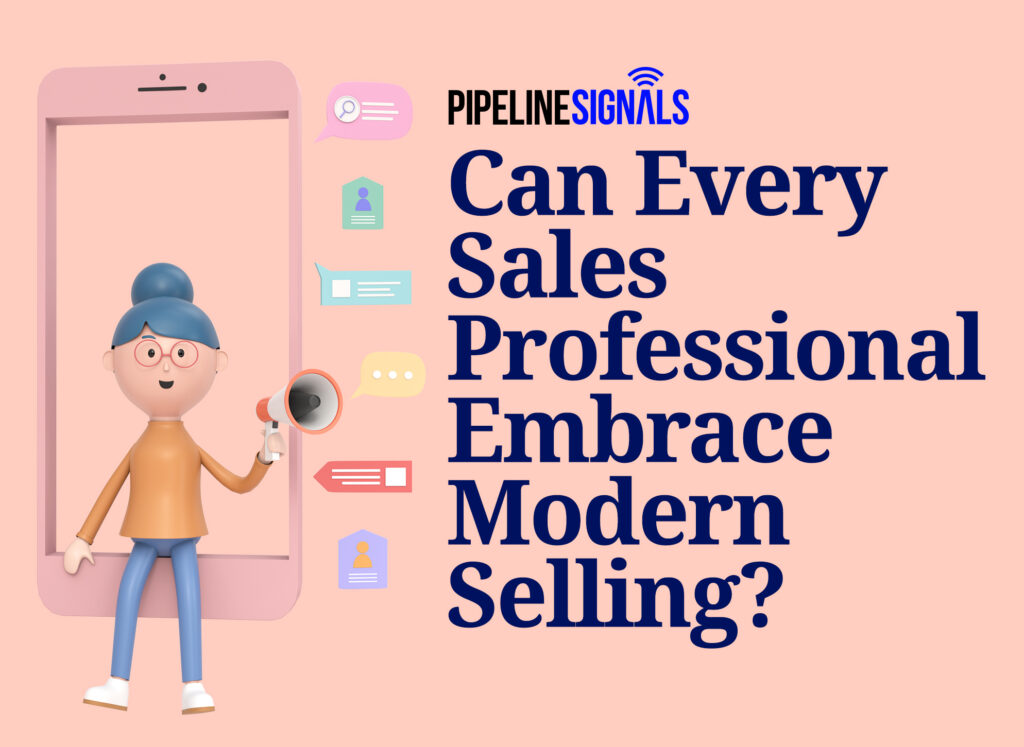

Can Every Sales Professional Embrace Modern Selling?
The short answer is yes.
But only if they are willing to change their mindset about selling.
We’ve established that modern selling is the process of connecting with the modern buyer.
The modern buyer has changed, and so have the buying processes. The traditional sales methods no longer produce the same results.
To reach the modern buyer, sellers must understand that people are more informed, empowered, and skeptical than ever before. They have access to information from all corners of the world, making them better knowledgeable about products, services, brands, and competitors than ever before. This has resulted in a shift in power from sellers to buyers.
The modern buyer is no longer willing to be sold by a salesperson or company; instead, they want to be engaged in an open dialogue with sellers that helps them make informed buying decisions.
To sell successfully in today’s market, you must change your mindset about what sales is. You can’t assume that you know what your customers want or need. You need to get out there and ask them!
The modern buyer has changed the buying process in many ways. For example, they are more informed than ever, have access to more information than ever, and are looking for companies that can help them solve their problems instead of just selling them something they don’t need.
It also means that companies need to communicate with each other differently than they did in the past—they can’t just send out a few emails and hope for a response. They need to be more proactive and proactive than reactive when communicating with customers.
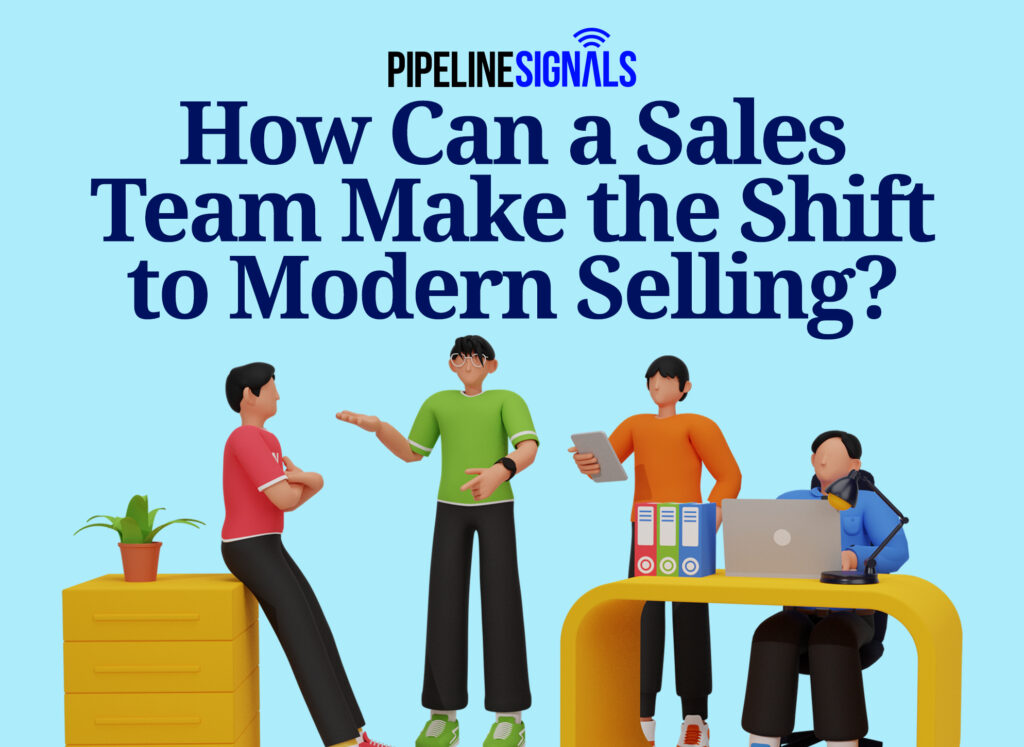

How Can a Sales Team Make the Shift to Modern Selling?
Modern selling is a way of thinking about sales that focuses on the buyer’s needs. It puts their needs first and asks the sales professional to think about how they can help them get what they want.
When you’re in your customer’s shoes, you’ll see things differently than before. You’ll see how they feel, what they want, and what they need. You’ll understand why they make certain decisions, and you’ll be able to guide them through their process in a way that makes sense to them.
Modern selling isn’t just a mindset—it’s also an approach that includes behaviors. The best way for an organization to implement modern selling is by changing its culture from the top down.
This is where training and continuing education come in.
For more on this, read:
- How to Get the Most Out of LinkedIn Sales Navigator
- The Importance of Reskilling Senior Sales Professionals
- Why Sales Professionals Should Make Time for Education
- How to Measure the Success of Sales Training
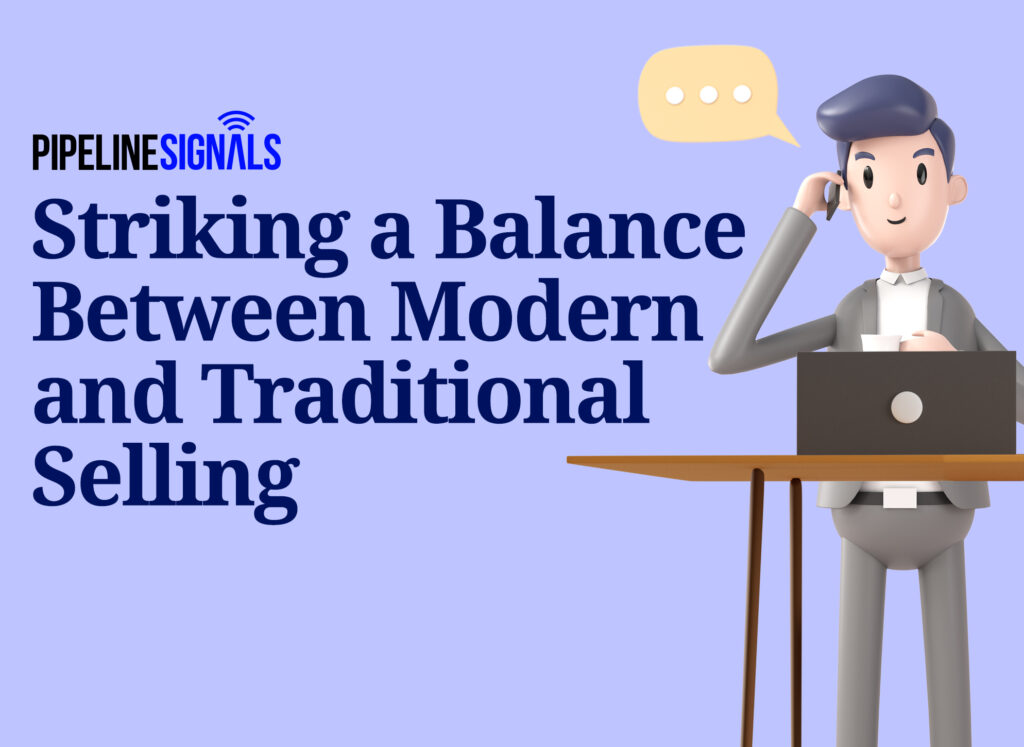

Striking the Perfect Balance Between Modern Selling and Traditional Sales Processes
In the past, the best sales technique was whatever worked. If you had a good relationship with your prospect, you could call them and ask for a meeting. If you didn’t know your prospect well, you could email them and hope for the best. In either case, if your interaction didn’t pan out well, it was time to try again with someone else.
Nowadays, we have so many more options available to us—and that’s why it is essential to teach our sales teams how to use each of these different strategies effectively.
The modern sales approach and traditional sales approach have a lot in common. They both focus on customer success, which is the ultimate goal of any business. However, the modern sales approach is much more data-driven than the traditional approach.
When you use tools to track your sales conversations and keep records of what works, you can compare the effectiveness of different techniques.
For example, suppose a particular prospect responds well to an email that contains a link to an article about their competitor’s product. In that case, you can use this information to tailor future emails or calls with them by referencing similar articles or products from your company. The modern approach also tracks how long it takes different prospects to respond to outreach efforts so you can better prioritize who gets what kind of attention first.
The traditional approach relies more on intuition and experience when determining how best to engage with customers. It may be more challenging for some people because they don’t have access to this kind of data about their customer interactions. That being said, both approaches have their strengths and weaknesses and can be used together effectively when done right!


